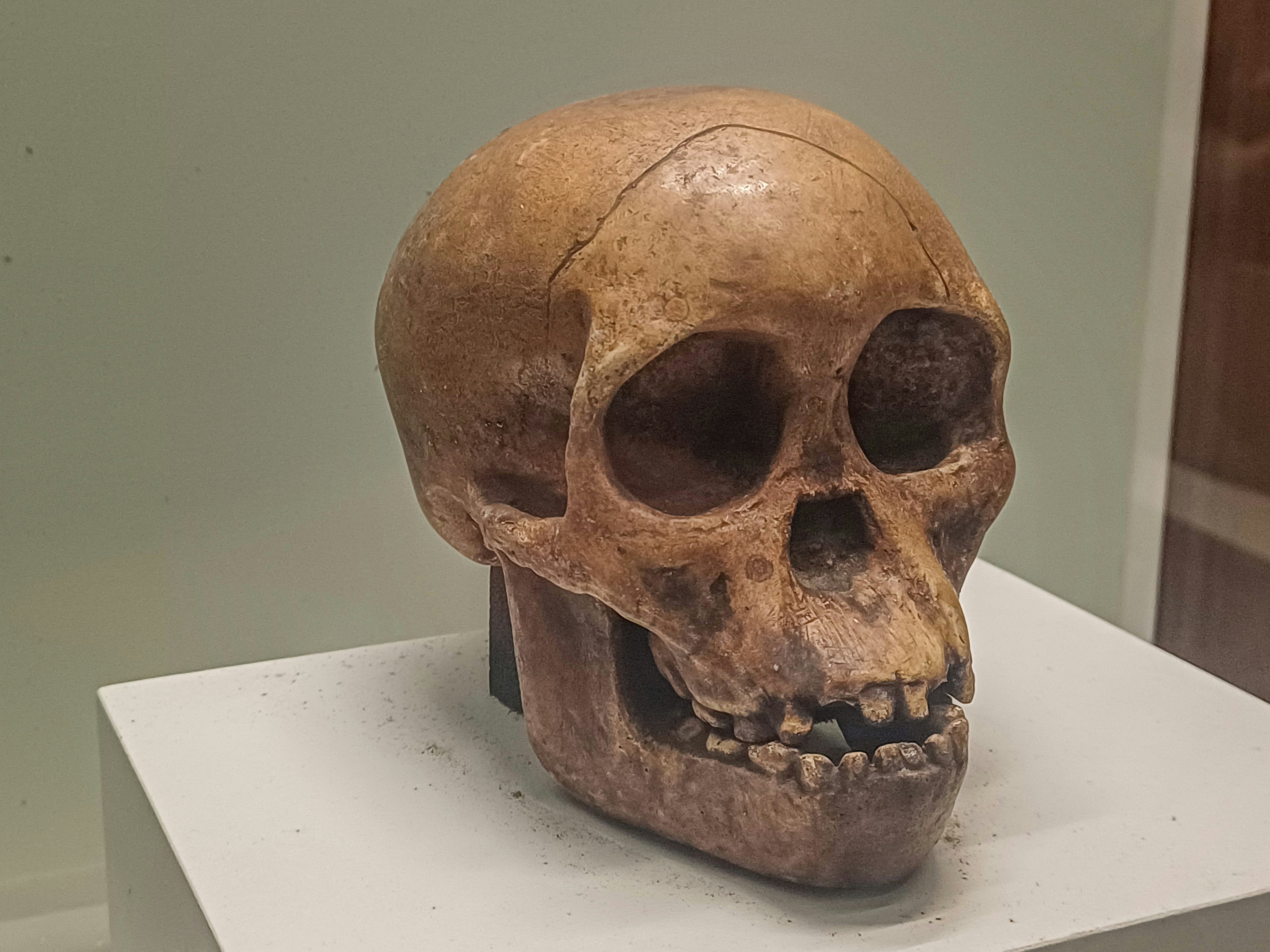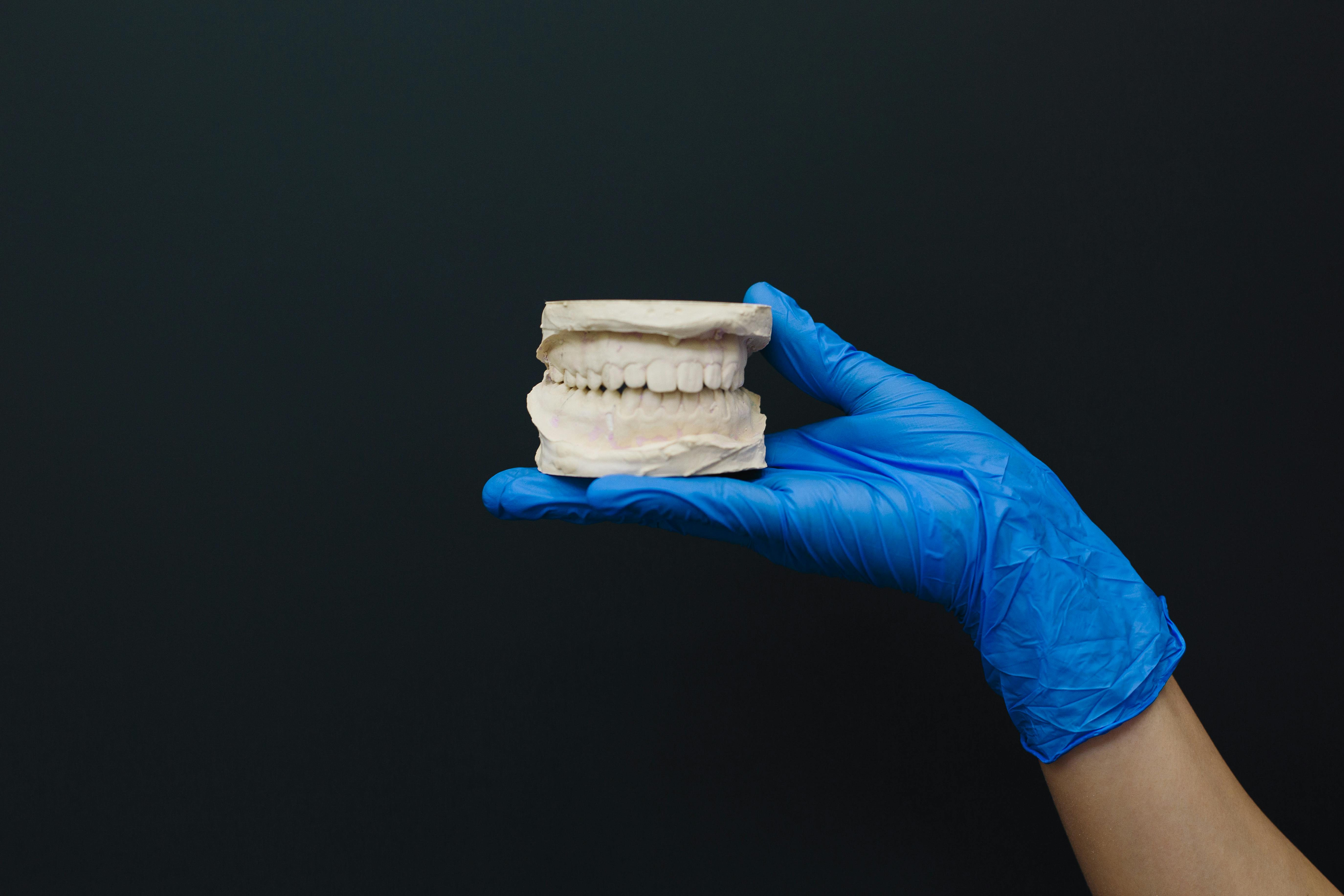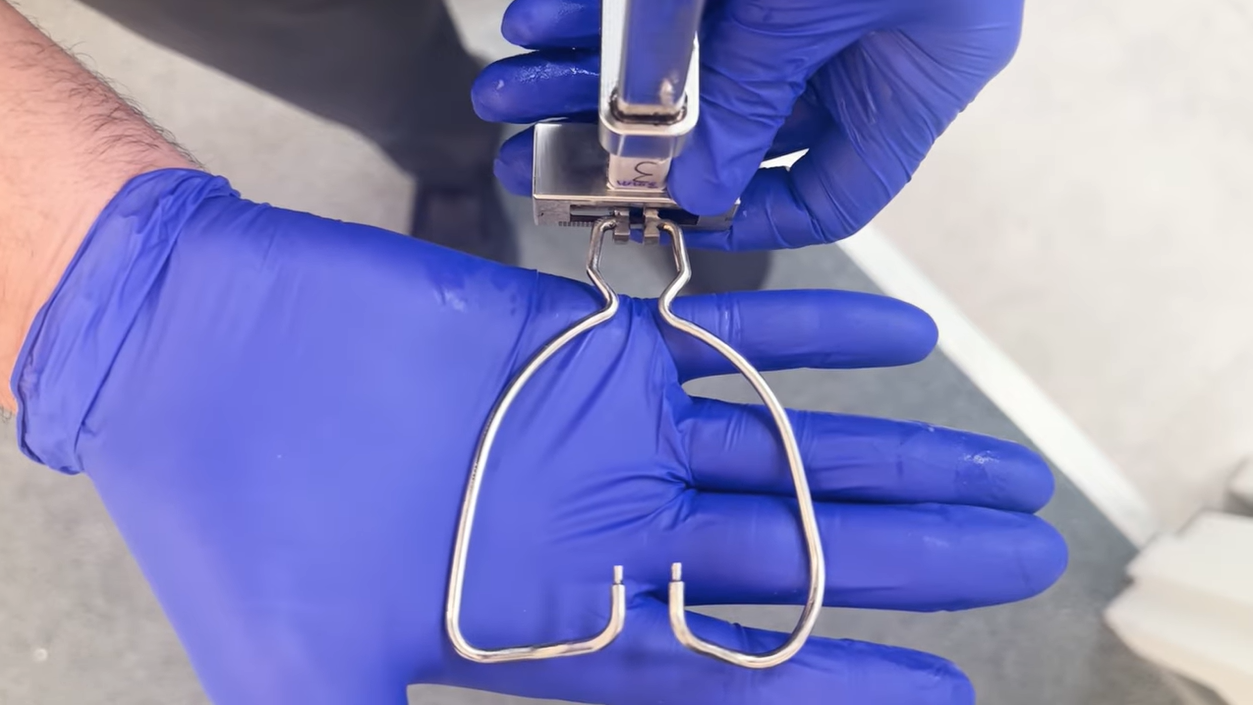
How Jaw Development Impacts Breathing, Sleep, and Appearance
The way your jaws develop doesn't just affect your bite—it shapes your face, breathing, tongue posture, and even how well you sleep. When jaw growth is restricted (due to genetics, mouth breathing, or habits), it can lead to lifelong problems that affect your overall health and quality of life.
Why Jaw Development Matters
Your jaw structure is the foundation of your airway, facial aesthetics, and oral function. Proper jaw development ensures adequate space for your tongue, optimal nasal breathing, and balanced facial proportions. When this development is compromised, it creates a cascade of issues that can persist throughout life.
Common Signs of Poor Jaw Development
Recognizing the signs of underdeveloped jaws is crucial for early intervention:
- Facial characteristics: Long face or weak jawline, recessed chin or flat midface
- Oral issues: High, narrow palate, crooked or crowded teeth
- Breathing problems: Constant mouth breathing, nasal congestion
- Sleep disturbances: Snoring, restless sleep, morning fatigue
- Physical symptoms: Dark circles under the eyes, poor posture, chronic fatigue
- Functional problems: Difficulty chewing, speech issues
- Jaw symptoms: Jaw pain, clicking, limited opening, headaches
How Jaw Structure Affects Breathing
The relationship between jaw development and breathing is fundamental to understanding airway health:
Upper Jaw (Maxilla) Impact
The upper jaw forms the floor of the nasal cavity. When it's too narrow or underdeveloped:
- Nasal passages become constricted
- Airflow resistance increases
- Mouth breathing becomes necessary
- Chronic nasal congestion develops
Lower Jaw (Mandible) Impact
A small or set-back lower jaw affects tongue position:
- Tongue falls backward during sleep
- Airway becomes partially blocked
- Sleep-disordered breathing develops
- Oxygen levels drop during sleep
Breathing-Related Consequences
Poor jaw development can lead to:
- Upper Airway Resistance Syndrome (UARS): Increased effort to breathe during sleep
- Obstructive Sleep Apnea (OSA): Complete or partial airway blockage
- Poor oxygenation: Reduced oxygen levels affecting brain and body function
- Daytime symptoms: Exhaustion, anxiety, difficulty concentrating
The Facial Aesthetic Connection
Jaw development directly impacts facial appearance and harmony:
Signs of Underdeveloped Jaws
- Sunken or flat cheeks
- Weak or recessed jawlines
- Poor eye support (hollow appearance under eyes)
- Flat or concave facial profile
- Narrow smile
- Gummy smile or excessive tooth show
Benefits of Proper Development
Well-developed jaws create:
- Balanced facial proportions
- Strong, defined jawlines
- Full cheek support
- Wide, attractive smiles
- Proper tongue space and posture
What Causes Poor Jaw Growth?
Understanding the root causes helps with prevention and treatment:
Environmental Factors
- Chronic mouth breathing: Prevents proper tongue posture and jaw development
- Soft diet: Lack of chewing doesn't stimulate proper growth
- Poor oral habits: Thumb sucking, pacifier use beyond infancy
- Tongue-tie: Restricts tongue movement and proper oral posture
Developmental Issues
- Bottle feeding: May not promote proper oral muscle development
- Early weaning: Missing critical oral development period
- Allergies: Chronic nasal congestion forcing mouth breathing
Genetic Factors
While genetics play a role, environmental factors often have greater impact on jaw development than previously thought.
How to Improve Jaw Development
Treatment options vary based on age and severity:
For Growing Children
- Early intervention: Addressing mouth breathing and tongue-tie
- Myofunctional therapy: Training proper tongue and breathing patterns
- Expansion appliances: RPE, ALF, or other growth-guidance appliances
- Orthotropics: Focusing on natural growth guidance
For Adolescents
- MARPE or MSE: Skeletal expansion devices
- Comprehensive orthodontics: Combined with expansion therapy
- Myofunctional therapy: Establishing proper oral function
For Adults
- Advanced expansion: MSE, FME, or DOME procedures
- Myofunctional therapy: Retraining muscle patterns
- Double jaw surgery: For severe cases requiring major correction
- Breathing retraining: Establishing nasal breathing patterns
Treatment Approaches by Severity
Mild Cases
- Myofunctional therapy
- Breathing exercises
- Posture correction
- Minor orthodontic intervention
Moderate Cases
- Palatal expansion (MSE, MARPE, FME)
- Comprehensive orthodontics
- Myofunctional therapy
- Sleep study evaluation
Severe Cases
- Surgical expansion (DOME, SARPE)
- Double jaw surgery
- Comprehensive team approach
- Long-term follow-up care
The Connection to Overall Health
Proper jaw development affects more than just appearance:
Sleep Quality
- Better airway = better sleep
- Improved oxygen levels
- Reduced sleep apnea risk
- Enhanced daytime energy
Posture and Function
- Proper tongue posture
- Improved swallowing patterns
- Better neck and spine alignment
- Reduced jaw pain symptoms
Mental Health Benefits
- Improved self-confidence
- Better sleep = better mood
- Reduced anxiety from breathing issues
- Enhanced quality of life
Prevention Strategies
For parents and young adults:
Early Childhood (0-6 years)
- Encourage breastfeeding
- Address tongue-tie early
- Promote nasal breathing
- Limit pacifier use after age 2
- Provide age-appropriate chewing opportunities
School Age (6-12 years)
- Monitor for mouth breathing
- Address allergies promptly
- Consider myofunctional therapy
- Regular dental/orthodontic evaluation
- Encourage proper posture
Adolescence (12-18 years)
- Early orthodontic intervention if needed
- Address sleep issues
- Consider expansion therapy
- Maintain good oral habits
When to Seek Help
Consider professional evaluation if you notice:
- Chronic mouth breathing
- Snoring or sleep disturbances
- Facial asymmetry or underdevelopment
- Crowded teeth or bite problems
- Chronic fatigue or concentration issues
- Jaw pain symptoms
Jaw Health = Better Sleep, Better Life
Fixing jaw development isn't just about looks—it's about restoring function. When your airway is open and your tongue sits correctly, your sleep improves, your face balances out, and your whole body benefits from better oxygenation and rest.
The ripple effects of proper jaw development extend far beyond the mouth, influencing everything from sleep quality to mental health, from facial aesthetics to overall vitality.
Final Thoughts
Your jaw is the foundation of your airway, your posture, and your appearance. If you're dealing with fatigue, anxiety, poor sleep, or mouth breathing, it might not be "just in your head"—it could be in your jaws.
The good news is that solutions exist at every age. From simple myofunctional therapy to advanced surgical procedures, there are options to help restore proper jaw function and improve your quality of life. The key is recognizing the signs early and working with qualified professionals who understand the connection between jaw development, breathing, and overall health.


